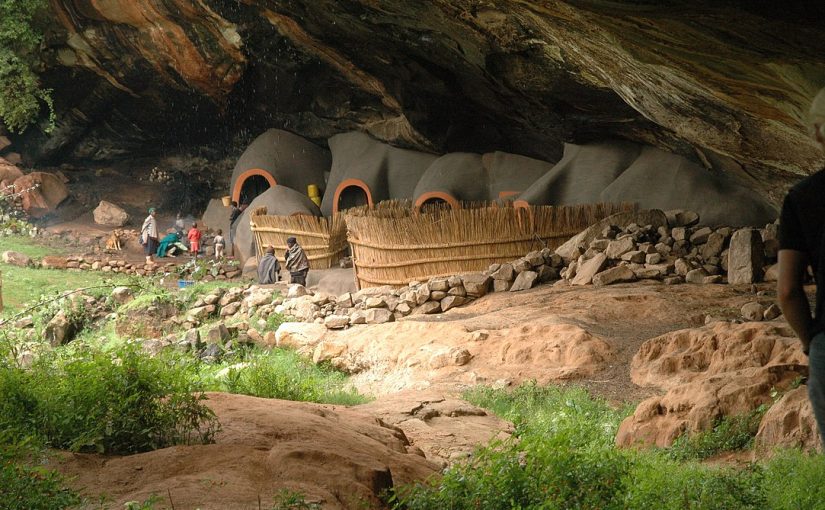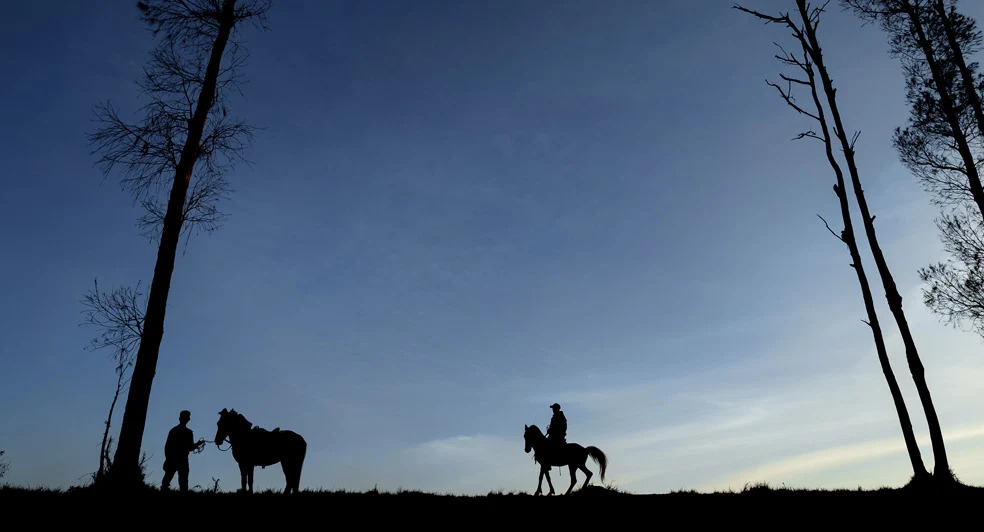Basotho culture, dating back centuries, is rich in traditions encompassing language, attire, music, dance, and rituals. The unique weaving tradition, especially of brightly colored blankets, holds both functional and symbolic significance, serving as clothing and in ceremonies. Lesotho’s mountainous landscape influences spiritual practices, with mountains considered sacred.

The Importance of Weaving
Blanket weaving is a vital part of Basotho culture, with each blanket telling a unique story. Passed down through generations, weaving techniques create intricate patterns and designs. Blankets serve as gifts during significant events like weddings and initiation rituals, symbolize cultural pride, provide warmth in Lesotho’s cold climate, and indicate social status and identity.
Weaving Techniques
Basotho blanket weaving is an intricate craft involving a foot-operated loom. Weavers select and dye yarn, typically from wool or mohair, using natural materials. Key aspects include intricate patterns reflecting Basotho history and symbolism, handwork perfected over generations, colors symbolizing joy and prosperity, and more.
Symbolism in Blankets
Each Basotho blanket design tells a unique story. Common symbols include the tribal designs of unity and community solidarity as well as the strength, resilience, and endurance found in mountain-inspired design. Colors also carry meanings, such as blue for purity and spirituality, and red for power and vitality. These blankets are storytelling tools conveying cultural values across generations.
Blankets’ Role in Society
Blankets are symbols of cultural identity and convey values and traditions. In rituals like initiation ceremonies, they represent protection and adulthood. Designs and colors signify various cultural meanings, preserving heritage and connecting individuals to their roots. If you find yourself looking for things to do in Lesotho, consider delving into this culture for interesting insights into unique cultures – where such places as the Avani Lesotho Hotel & Casino will be ready to host you.


